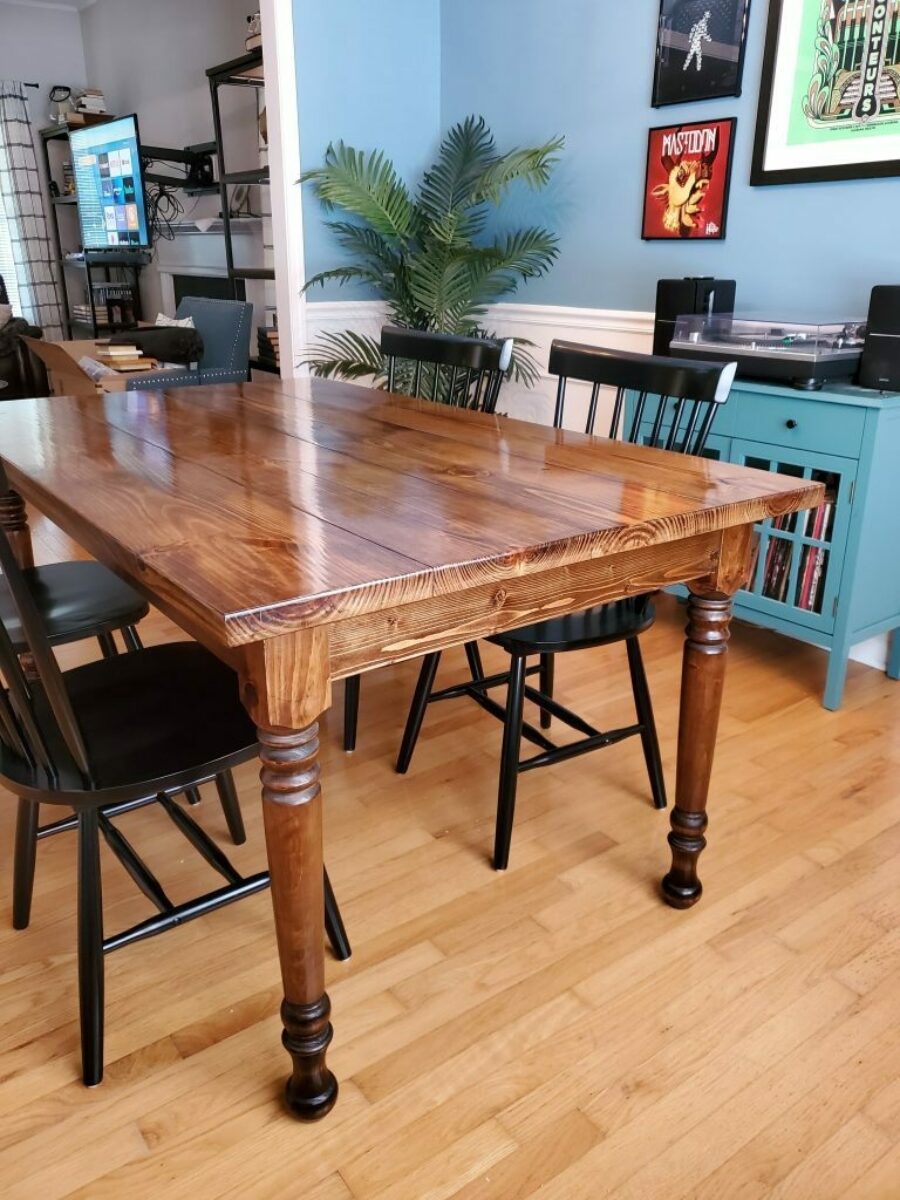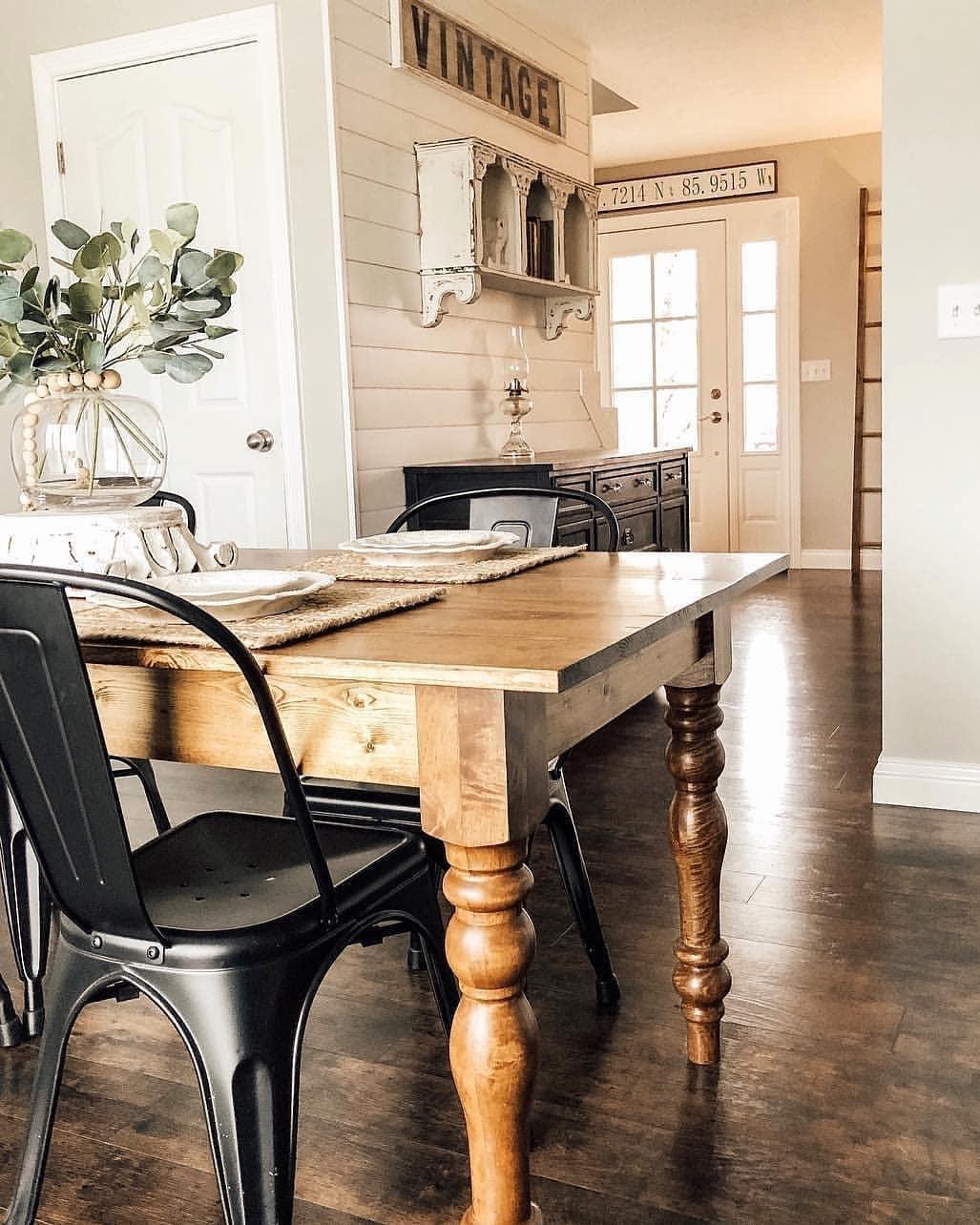Dining Room Table Legs: A Guide to Selecting the Right Style for Your Home
Dining Room Table Legs: A Guide to Selecting the Right Style for Your Home
Blog Article
From Traditional to Modern: Find the Ideal Dining Area Table Legs for Your Style
The option of dining-room table legs plays a crucial role in defining the overall personality of your space, connecting the gap in between traditional craftsmanship and modern visual appeals. While traditional styles such as cabriole and turned legs evoke a feeling of classic elegance, contemporary designs like barrette and geometric choices present a possibility for striking visual passion. Assessing the appropriate equilibrium in between these designs calls for a nuanced understanding of your existing decoration and individual preference. As you think about these elements, the question stays: just how can you perfectly integrate these diverse leg styles to create an unified eating experience?
Recognizing Table Leg Styles
The range of dining-room table leg designs can significantly affect both the aesthetics and performance of the room. Each leg style adds distinct aesthetic aspects and sensible features, providing to varied design preferences and use requirements. Understanding these styles is vital for picking the appropriate table that lines up with your total interior decoration vision.
As an example, tapered legs offer a tidy, classic appearance that can enhance an area's style, while stand bases supply stability and optimize legroom, making them ideal for smaller rooms. Hairpin legs, a characteristic of mid-century modern layout, introduce a commercial panache, permitting a ventilated, open feeling. Trestle legs evoke rustic beauty, supplying robust assistance and a sense of eternity.
Wood legs can bring warmth and structure, whereas metal alternatives typically convey a smooth, contemporary ambiance. Ultimately, recognizing table leg designs is important for developing a cohesive eating location that shows personal design while making certain practicality and comfort.
Traditional Table Leg Options
When selecting dining-room table legs, conventional choices usually embody ageless style and workmanship. These designs mirror a rich heritage and a commitment to high quality, making them optimal for those who appreciate classic visual appeals.
One of the most renowned standard leg styles is the cabriole leg, characterized by its elegant rounded shape. This design commonly features ornamental makings and is most typically discovered in Queen Anne and Chippendale furnishings. Another popular alternative is the transformed leg, which flaunts a collection of smooth, rounded shapes that provide a classic appearance while maintaining stability.
Additionally, the straight leg, while simple, provides a durable and unadorned structure that can mix perfectly with a range of tabletop designs. For those attracted to ornate detailing, claw-and-ball feet legs stimulate a feeling of grandeur and can offer as a sensational focal point in any type of dining space.
Lastly, pedestal bases, although not purely legs, provide an alternate typical alternative that enables enough legroom and can be perfectly carved. Each of these standard leg designs adds to the overall setting of a why not try here dining-room, marrying feature with visual allure.

Modern Table Leg Styles
Modern table leg styles supply a varied variety of styles that stress clean lines and innovative materials. These layouts often prioritize performance while working as striking centerpieces within an eating room. Minimal aesthetics prevail, with legs crafted from products such as metal, glass, and crafted wood, which add to a airy and modern feeling.
One popular design is the barrette leg, identified by its slender, tapered framework that supplies security without overwhelming the table top (dining room table legs). This style is frequently found in mid-century modern furnishings and can effortlessly match numerous table forms. One more fad is making use of geometric forms, where legs might handle angular or asymmetrical types, including aesthetic passion and a touch of creativity

Blending Designs for Distinct Areas
Usually, home owners look for to develop distinct eating spaces that show their personal style by mixing different style components. This technique Clicking Here enables the consolidation of varied aesthetic appeals, resulting in an unified yet distinct atmosphere. Matching a rustic wood table with smooth, modern steel legs can create an eye-catching comparison that raises the room's general appeal.
In addition, integrating vintage table legs with modern tabletops can stimulate a sense of background while maintaining a modern-day sensibility. Such mixes not only display individual preference but likewise encourage imagination, allowing house owners to curate a space that feels both individual and inviting.
Shade plays an essential duty in this blending process; picking table legs that complement or comparison with the existing color pattern can boost visual rate of interest. Whitewashed legs can soften the boldness of a dark table surface area, developing a well balanced visual.
Tips for Choosing the Right Legs
Picking the right table legs is essential for accomplishing both functionality and aesthetic charm in your eating space. Begin by thinking about the total design of your room. Conventional setups profit from legs that feature complex makings or transformed designs, while contemporary areas might ask for streamlined, minimal styles.
Next, evaluate the height and stability of the legs. dining room table legs. Typical eating tables range between 28 to 30 inches in height, so guarantee the legs match this measurement for comfort. Furthermore, durable products, such as hardwood or metal, can improve stability and durability
Examine the leg form also-- choices consist of directly, tapered, or pedestal styles. Straight legs provide a traditional look, while tapered legs can add a touch of beauty. Pedestal bases offer sufficient legroom and are optimal for smaller areas.
Conclusion
In recap, picking the excellent eating space table legs requires cautious consideration of both traditional and modern-day designs. By harmonizing leg design, height, and product with the overall décor, a natural and inviting ambience can be achieved.
The selection of dining area table leg styles can significantly affect both the aesthetic appeals and functionality of the area. Ultimately, comprehending table leg styles is necessary for creating a natural dining area that mirrors personal design while ensuring functionality and convenience.One of the most renowned typical leg styles is the cabriole leg, defined by its elegant rounded form. Straight legs offer a traditional appearance, while tapered legs can add a touch of style.In summary, choosing the excellent dining space table legs calls for careful consideration of both typical and modern designs.
Report this page